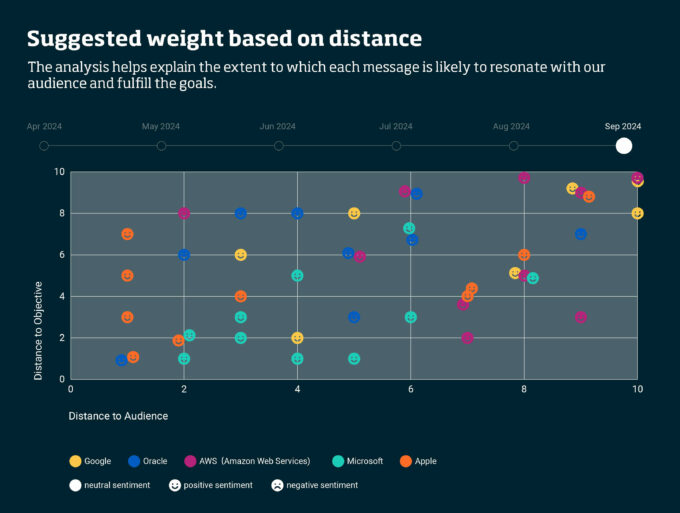Parallels with AI adoption
Much like the early days of electricity, AI is often implemented today as a direct substitute for existing tools, without rethinking underlying processes. Organizations adopt AI to perform tasks faster – creating presentations, writing text, generating images – but rarely consider how it could fundamentally transform their business models.
One core issue is the challenge of measurement. AI impacts knowledge work, an area notoriously difficult to quantify. This lack of clear metrics contributes to vagueness and uncertainty. Managers may demand productivity increases through AI without a concrete understanding of “how” or “how much.” Moreover, when an employee’s work isn’t measured, their motivation to embrace change diminishes. Faced with the choice between producing something 30% “better” – an improvement that’s not quantified – or avoiding the effort of learning a new skill, many opt for the latter. After all, most employees aren’t evaluated or rewarded based on creating “better” work, but on meeting a broad range of intangible management expectations. For new technologies to take root (like, for example, email did), they must offer tangible benefits beyond the general concept of “better”.
Take Microsoft Copilot for example. Paying $30 per employee to provide an excellent productivity solution for your organization is one thing, but convincing people to adopt a new way of working that maximizes this investment is another challenge altogether. What we should remember is that most of the value created by computers historically was not in increasing efficiency, but by completely replacing functions such as expensive manual bookkeeping that no longer needed to be done.
To unlock the real power of AI, we need to frame it in terms of solving fundamental challenges rather than merely enhancing efficiency. This requires a shift from incremental improvements to transformative thinking. AI applications need to make the previously impossible become possible.







